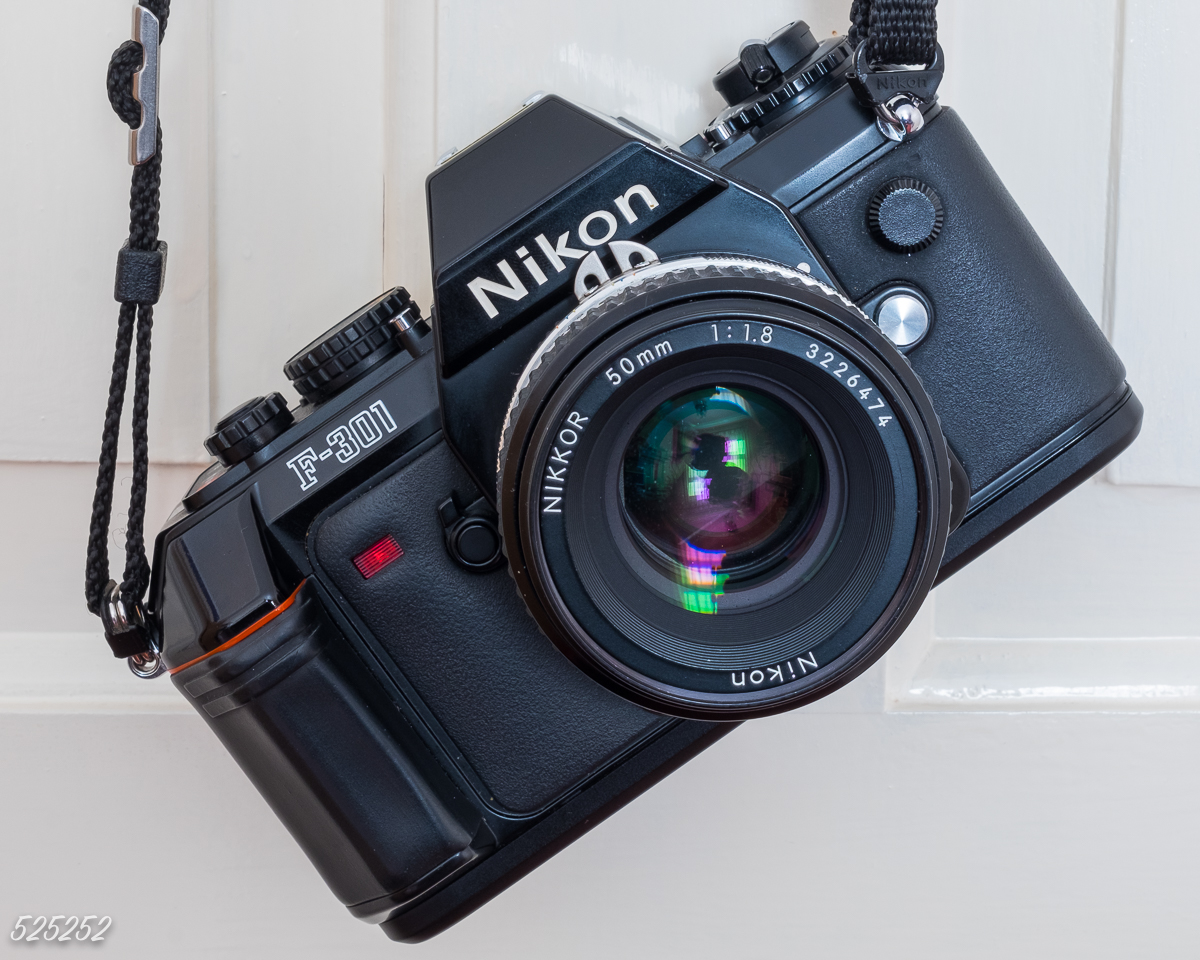This week's camera is a real blast from the past for me…
The Olympus OM-1N is a slightly updated version of the original OM-1 that was announced at Photokina as the M-1 in 1972. Leica (with their M series rangefinder cameras) complained about the 'M-1' name and thus was born the 'OM-1'.

Olympus OM-1N + F.Zuiko 50mm f/1.8 Auto-S lens
I had one of these beauties in the 80s and loved using it so when this example popped up in a charity shop recently I couldn't resist!
Manual focus, manual exposure and a range of relatively inexpensive but excellent Zuiko lenses make the OM-1 a good buy for anybody wanting a simple 'old school' entry into film photography.
I'd almost forgotten how nicely the OM cameras handle… aperture, focus and shutter speed can all be adjusted without taking the camera from the eye and without sacrificing a comfortable grip on the camera/lens combination. The positioning of the shutter speed ring may be unconventional but it works fantastically well!


















